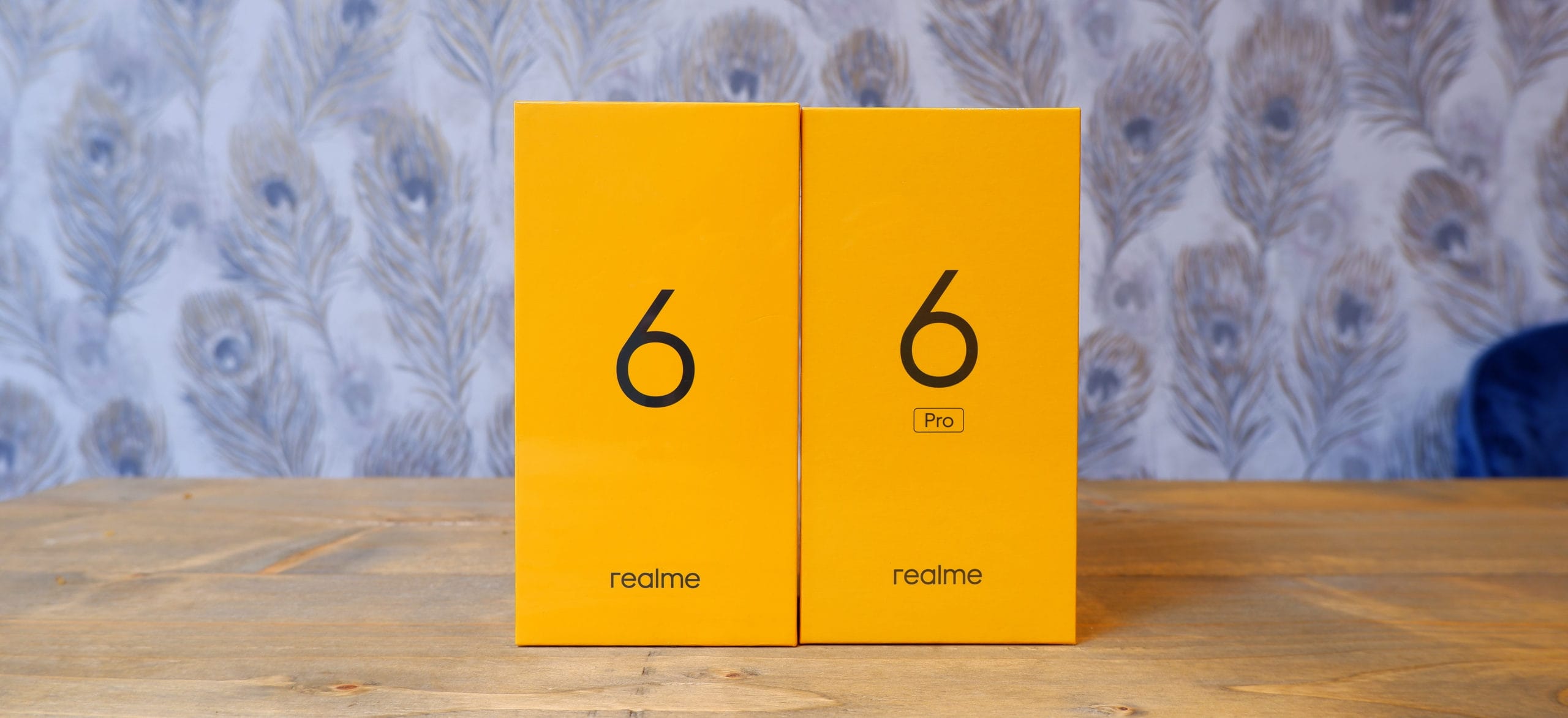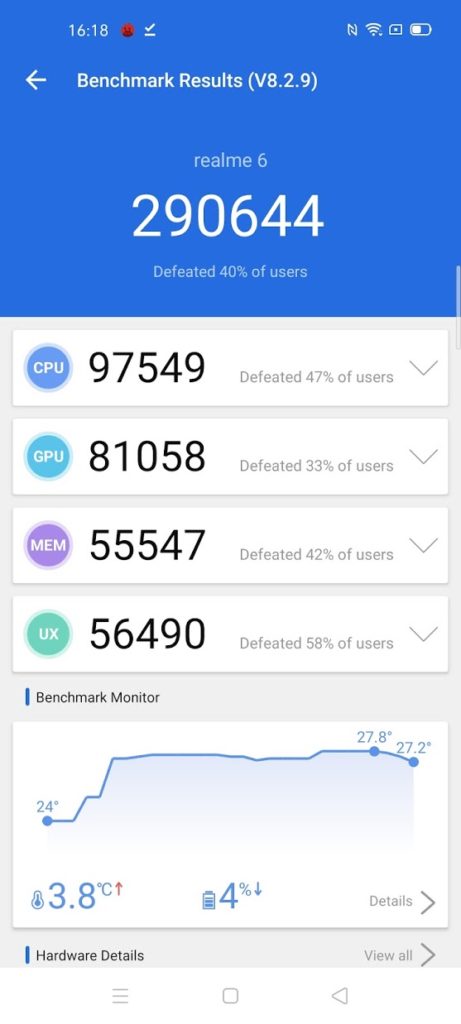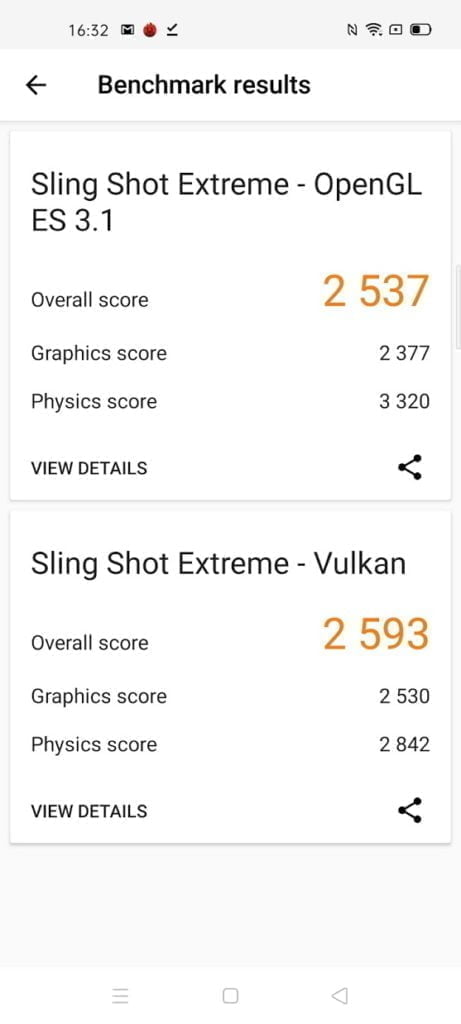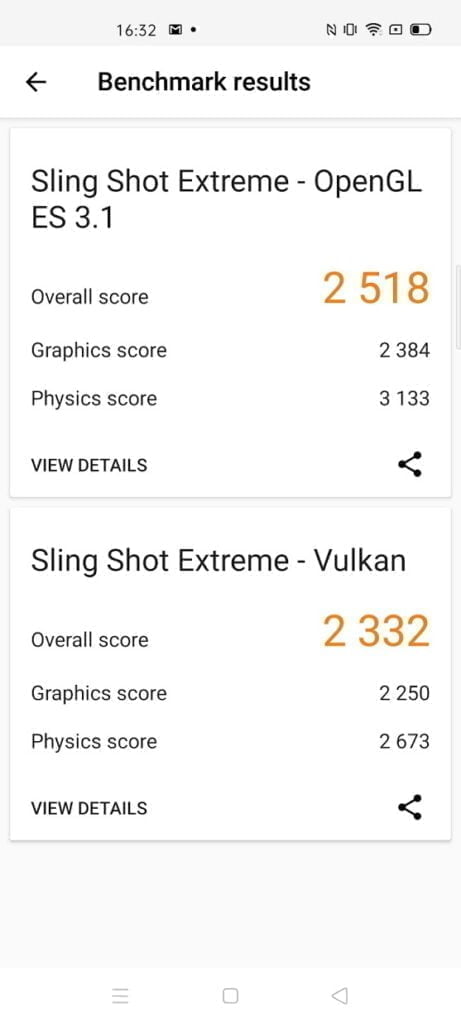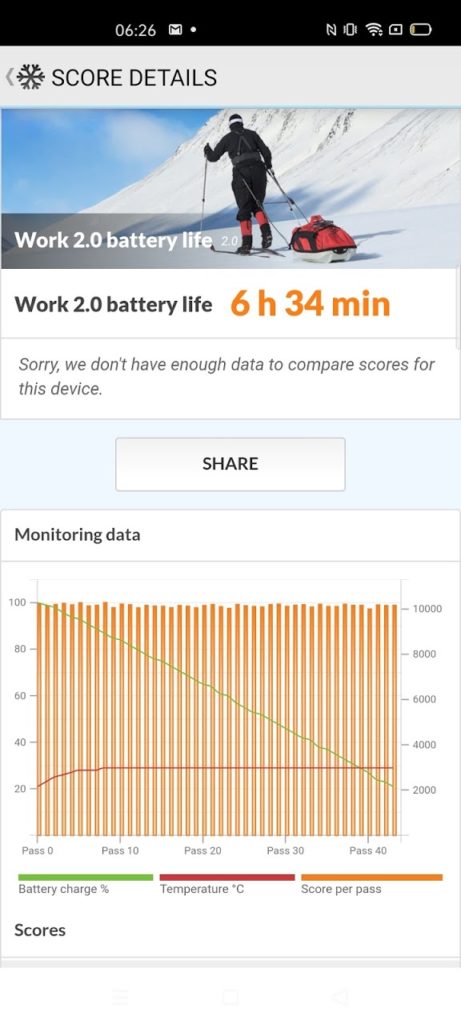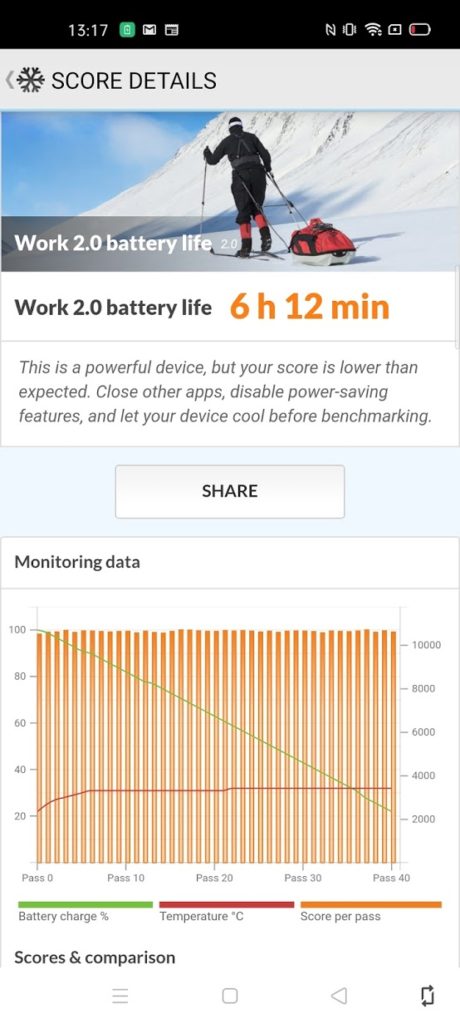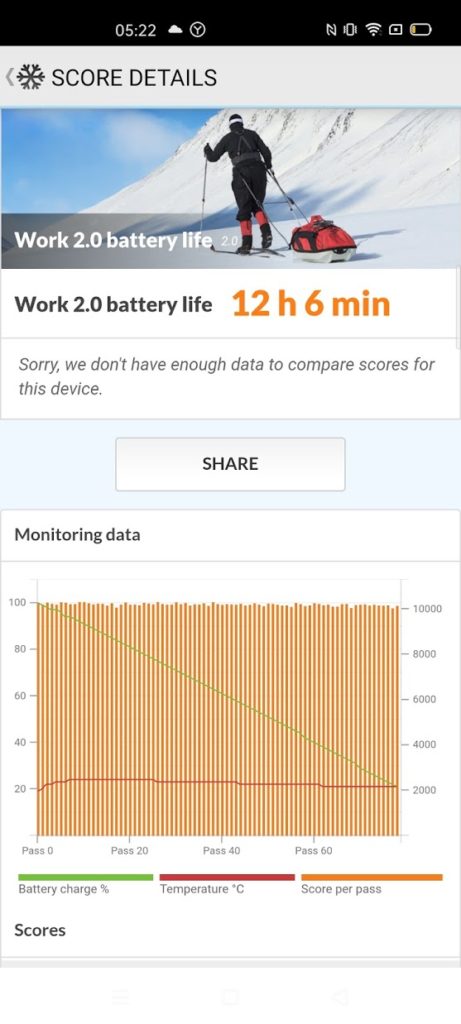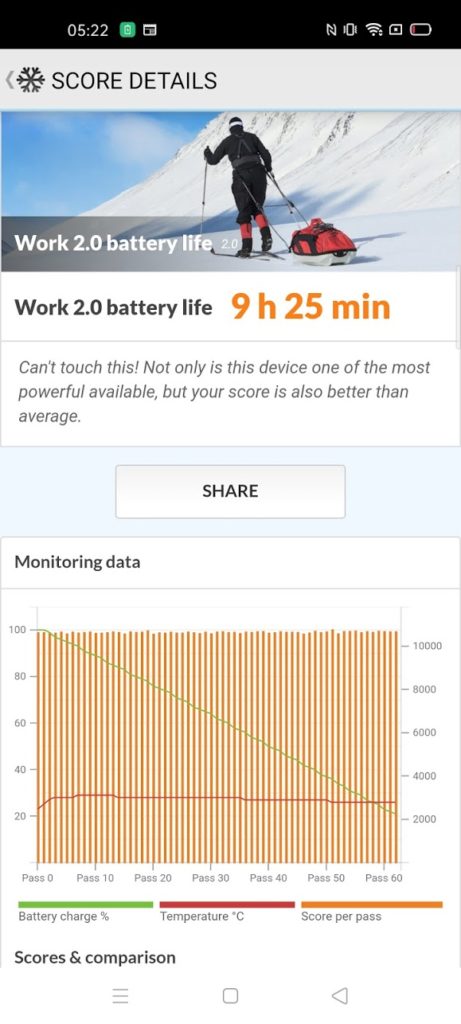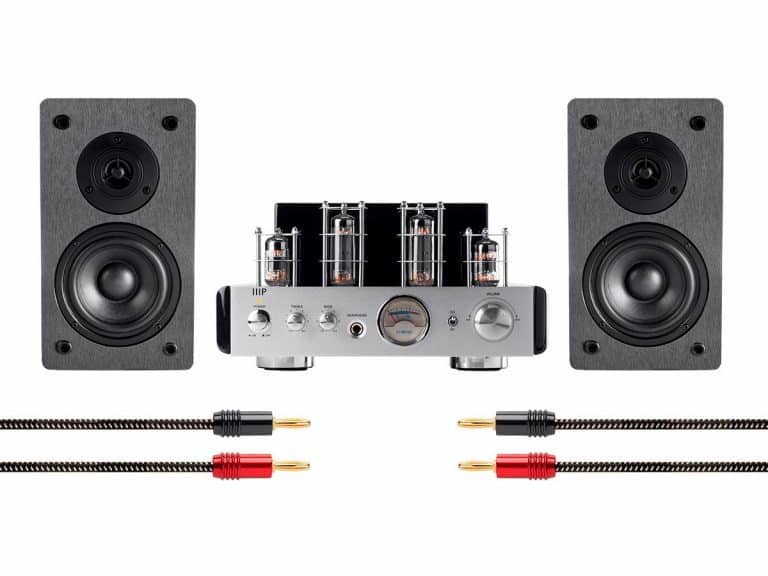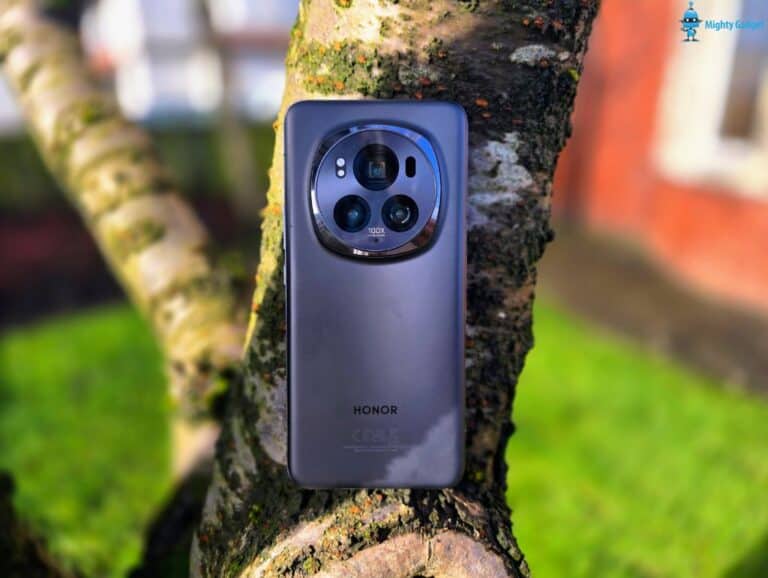Any links to online stores should be assumed to be affiliates. The company or PR agency provides all or most review samples. They have no control over my content, and I provide my honest opinion.
Today the Realme 6 Pro launches in the UK alongside the flagship Realme X50 Pro and both are superb phones. The Realme 6 series has had a considerable bump from the previous 5 series which used an SD665 in the standard model and an SD712 in the Pro model.
The new Pro model has a Snapdragon 720G chipset which is almost the same specification as the Snapdragon 730G which we saw on the Realme X2 last year.
However, the standard Realme 6 uses the MediaTek Helio G90t – while this chipset is made on a less efficient 12nm fabrication process, it is technically a more powerful chipset than the SD720G and last year it beat the SD730G in many of the benchmarks I tried it on.
During this analysis, I have tested:
- Realme 6 Pro – Qualcomm Snapdragon 720G
- Realme 6 – MediaTek Helio G90T
- Realme 5 Pro – Qualcomm Snapdragon 712
- Realme 5 – Qualcomm Snapdragon 665
Not on hand but previously reviewed:
- Realme X2 (XT in other regions) – Qualcomm Snapdragon 730G
Antutu Benchmark
| Total | CPU | GPU | MEM | UX | |
|---|---|---|---|---|---|
| Realme X50 - SD765G | 323286 | 103663 | 94151 | 68007 | 57462 |
| Realme 6 - Helio G90T | 290644 | 97549 | 81058 | 55547 | 56490 |
| Realme 6 Pro - SD720G | 282336 | 104143 | 70801 | 52273 | 55119 |
| Realme X2 - SD730G | 258311 | 98328 | 67574 | 47945 | 44464 |
| Realme 5 Pro - SD712 | 216501 | 73459 | 61872 | 42013 | 39157 |
| Realme 6i | 201299 | 73376 | 41633 | 45192 | 41098 |
| Realme 5 SD665 | 167866 | 71157 | 33489 | 36568 | 26652 |
Ok, so first, moving between generations shows a massive increase in performance with a 30% improvement between the Realme 5 Pro and the Realme 6 Pro.
However, as predicted, the more affordable Realme 6 actually out performs its bigger brother, it is only a small 3% difference and I would expect real life performance will be about the same.
The Helio G90T is clearly better in the GPU department with a 14.5% advantage over the SD720G, on the flip side the SD720 is a comfortable 6.8% ahead with the CPU performance.
Even more impressive is the 73% leap in performance going from the Realme 5 to the Realme 6.
Geekbench 5 Benchmark
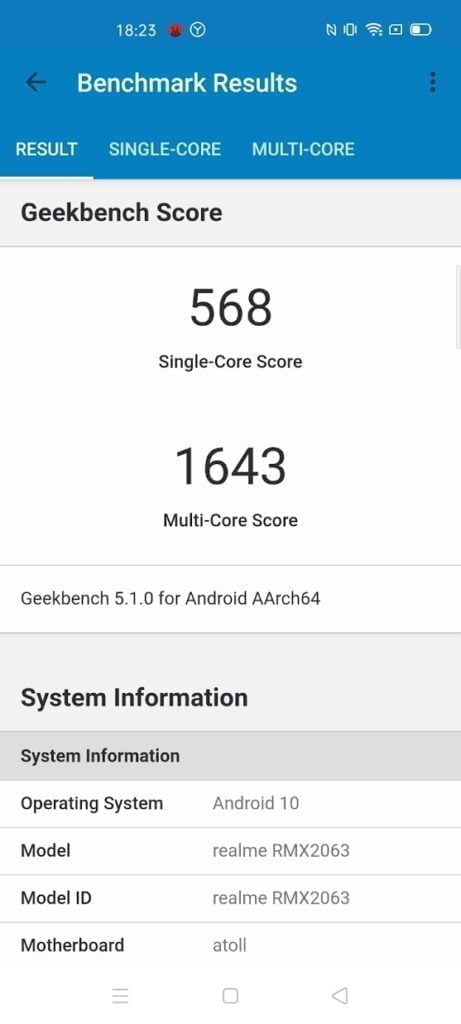
Realme 6 Pro with Snapdragon 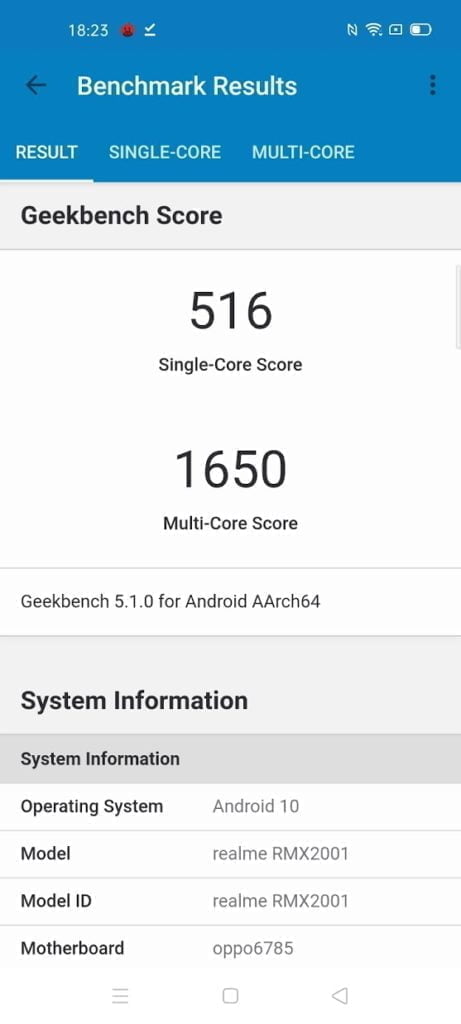
Realme 6 with Helio G90T
| Single Core | Multi Core | |
|---|---|---|
| Realme 6 Pro - SD720G | 568 | 1643 |
| Infinix Zero 20 | 546 | 1790 |
| Realme X2 - SD730G | 546 | 1729 |
| Realme 6 - Helio G90T | 516 | 1650 |
| Realme 6i Helio G80 | 350 | 1304 |
| Realme 5 Pro - SD712 | 321 | 1481 |
| Realme 5 SD665 | 316 | 1363 |
Again, a significant jump between generations, giving you a 77% improvement on the single core result though a less impressive but still decent bump of 11% on multi-core between the 5 Pro and 6 Pro.
Previously the SD730G was comfortably ahead of the HelioG90T in this test, but the SD720G isn’t the exact same spec and ends up being almost identical on the multi-core but still 10% ahead for the single core.
3DMark Benchmark
| Slingshot Extreme OpenGL | Vulkan | |
|---|---|---|
| Huawei P40 Lite - Kirin 820 | 4131 | 3873 |
| TCL 10 5G - Snapdragon 765G | 3331 | 3113 |
| Realme X50 - Snapdragon 765G | 3308 | 3098 |
| Oppo Find X2 Lite - Snapdragon 765G | 3415 | 3025 |
It would seem that the GPU on the SD720G is clocked higher than the SD730G with the 3D marks being much closer to the Helio G90T with this generation.
The Realme 6 still outperforms the Pro model though with a 0.75% difference in the OpenGL score and 11% difference in the Vulcan test.
Moving from the Realme 5 to 6 yields a 132% & 144% improvement in the two tests respectively.
The Pro models differ by 20% and 18% in the two tests.
AI Benchmark
- Realme 6 Pro – SD720G – 17895
- Realme 6 – Helio G90T – 13807
- Realme 5 Pro – SD712 – 6518
- Realme 5 SD665 – 8252
- Realme X2 – SD730G – No tested
Ai Benchmark has a tendency to have questionable results, and this may explain the SD665 outperforming the SD712.
However, we can clearly see how companies have shifted their focus towards AI performance with the Realme 6 Pro scoring 174.5% higher than the 5 Pro and also 30% higher than the Helio G90T
PCMark Benchmark
- Realme 6 Pro – SD720G – 9936
- Realme 6 – Helio G90T – 10589
- Realme 5 Pro – SD712 – 8729
- Realme 5 SD665 – 7960
- Realme X2 – SD730G – Not tested
Androbench
| Seq Rd MB/s | Seq Wr MB/s | Rnd Rd iops | Rnd Wr iops | |
|---|---|---|---|---|
| Realme 6 Pro - SD720G | 491 | 194 | 33510 | 30386 |
| Realme 6 - Helio G90T | 524 | 204 | 43973 | 32746 |
| Realme 6i Helio G80 | 308 | 257 | 19114 | 38757 |
| Realme 5 Pro - SD712 | 293 | 236 | 16553 | 3572 |
| Realme 5 SD665 | 484 | 189 | 29069 | 5521 |
Battery Benchmark
With the screen brightness at max the results are as follows:
- Realme 6 Pro – SD720G – 6h 34m
- Realme 6 – Helio G90T – 6h 12m
- Realme 5 Pro – SD712 – 6h 27m
- Realme 5 SD665 – test failed (twice)
- Realme X2 – SD730G – not tested
Tests were repeated twice as the Realme 6 indicated it was lower than expected on the max brightness test.
With this test, the Snapdragon 720G has a moderate advantage in battery performance and this could likely be more important than overall processing performance for many users.
With the screen brightness set to 50% the phone switched to 60Hz screen refresh rate and dark mode enabled the differences between the two Realme 6 chipsets became more apparent.
- Realme 6 Pro – 12h 6min
- Realme 6 – 9h 25m
Within the Android OS settings, this showed up as a screen on time of 10 hours 14 minutes vs 8 hours 4 mins.
So, unsurprisingly, the Qualcomm Snapdragon 720G with its smaller fabrication process is much more efficient than the Mediatek Helio G90T.
Overall
Realme have really upped the ante with this generation.
If you assume the SD720G is a replacement to the SD712 then the gains between generations are phenomenal, far higher than you see moving from the flagship chipset SD855 to SD865.
In terms of raw performance, the MediaTek Helio G90T is still clearly ahead in most benchmarks, and if you are on a strict budget wanting a phone that is great for gaming, the Realme 6 will be a superb choice.
In real-world performance, I can barely tell the difference between the two phones, but the SD720G will potentially have a significant advantage in battery performance, so this is the better option for your average user, assuming the Realme 6 Pro fits in with your budget.
[Originally posted – 31 March 2020]
.
I am James, a UK-based tech enthusiast and the Editor and Owner of Mighty Gadget, which I’ve proudly run since 2007. Passionate about all things technology, my expertise spans from computers and networking to mobile, wearables, and smart home devices.
As a fitness fanatic who loves running and cycling, I also have a keen interest in fitness-related technology, and I take every opportunity to cover this niche on my blog. My diverse interests allow me to bring a unique perspective to tech blogging, merging lifestyle, fitness, and the latest tech trends.
In my academic pursuits, I earned a BSc in Information Systems Design from UCLAN, before advancing my learning with a Master’s Degree in Computing. This advanced study also included Cisco CCNA accreditation, further demonstrating my commitment to understanding and staying ahead of the technology curve.
I’m proud to share that Vuelio has consistently ranked Mighty Gadget as one of the top technology blogs in the UK. With my dedication to technology and drive to share my insights, I aim to continue providing my readers with engaging and informative content.

